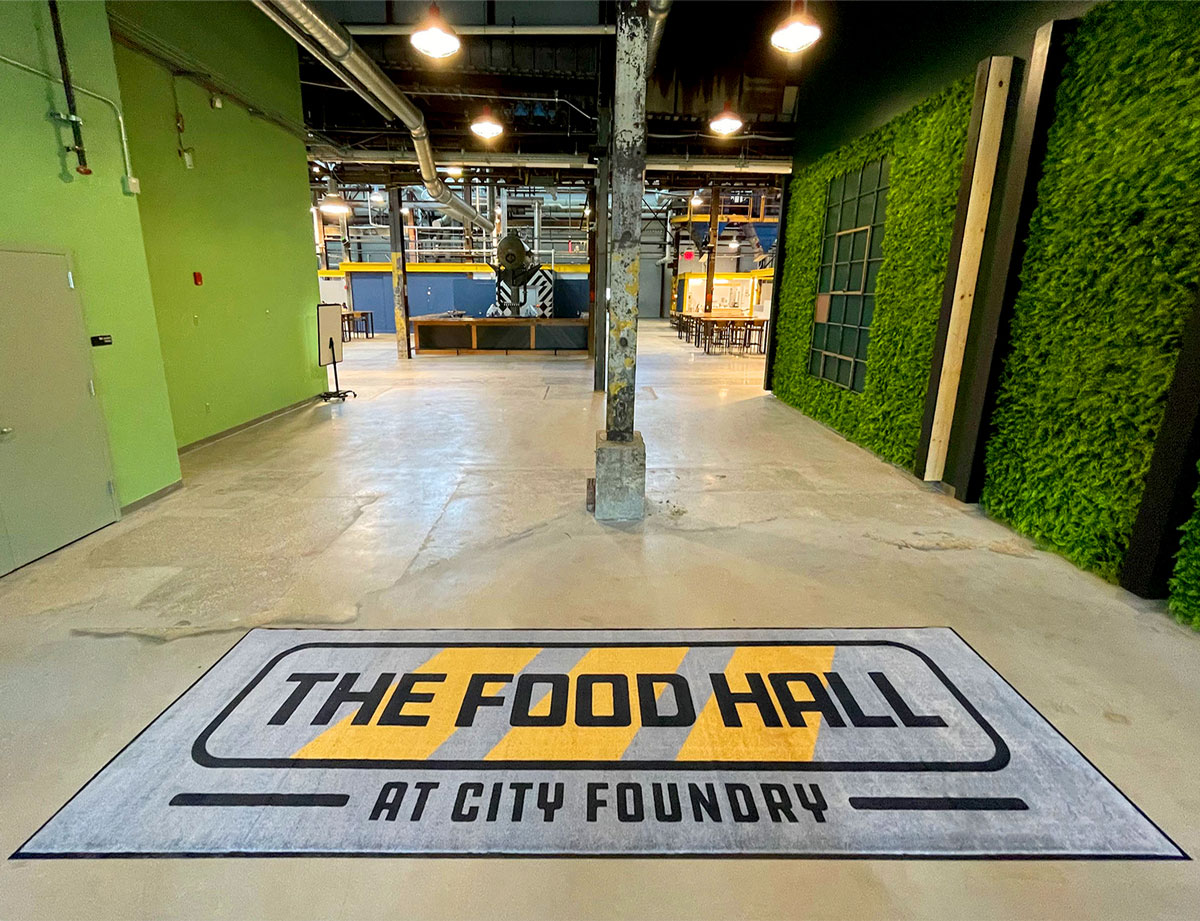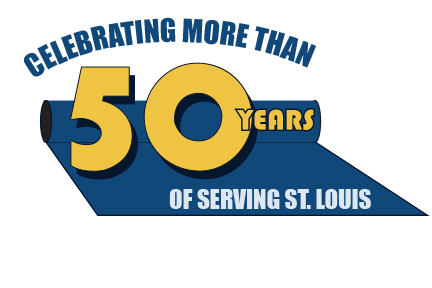Mat Facts
Here are some facts about mats to help you see how much impact having a quality mat can mean for you and your business.

DIRT AND DUST
Mechanical Breakdown
A buildup of .052 inches of dirt on a heating or cooling coil can decrease efficiency by 21%. (Environmental Protection Agency)
Dirt and dust cause nine out of ten system failures. (Louisiana Cooperative Extension Service)
Appearance
“91% of shoppers select a store to shop in because of its appearance.” (Progressive Grocer)
When asked, “What’s the first thing you look at when judging cleanliness?” The most popular first response of consumers was “Floor” (42%). (CDI Research, 1991).
Labor
“It is estimated that 90% of building maintenance cost is labor.” (Cleaning Management)
The estimated cost of removing a single pound of dirt from a modern building can exceed $600. (International Sanitary Supply Association)
“A dollar spent keeping soil out of a building will save 10 dollars in removing the soil once it’s inside.” (Cleaning & Maintenance Management)
39% of all custodial time is devoted to floor care maintenance. (National Executive Housekeepers Association)
Proper matting alone can save approximately 200 labor hours in the average home per year. (Mr. Don Aslett, America’s #1 Cleaning Expert)
Health
Indoor air is found to be up to 70 times more polluted than outdoor air; (Environmental Protection Agency) and most people spend 60-90% of their time indoors. (American Lung Association)
American businesses are spending upwards of $100 billion a year as a result of lost worker productivity due to poor indoor air quality and “Sick Building Syndrome”. (Consumer Federation of America)
Medical research has proven that most headaches are allergic reactions to dust.
Involuntary Acts
30% of the dirt tracked in is trapped in the first three feet of a typical mat, 85% of the dirt gets trapped within a 15-foot length of typical matting. (ISSA)
Without entrance matting, 1,500 people can remove 42% of the finish from the floor. (3M)
70-80% of the dust, dirt, and grime in public buildings is tracked in from the outside and spread throughout the floors. (International Sanitary Supply Association) It can be as much as 90% according to the Institute’s Custodial Technical Handbook.
Up to 24 pounds of dirt can be tracked in by just 1,000 people coming through an entrance over a 20-day work period. (ISSA)
A major source of indoor air pollutants is street dust carried in on shoes and captured in carpeting. (“The Indoor Clean Air Quality Challenge”, Spray Technology Magazine, 1993)
Scientific Studies
“We estimate that only about 10% of the dirt is removed from mats with a vacuum cleaner.” (Georgia State University Test)
Entrance matting should cover 15-18 feet of an entrance, (long enough for 5-6 footsteps of the average adult stride) preventing 80-90% of dirt from coming into the facility. (Cleaning & Maintenance Management)
It’s estimated over 43 million tons of dust falls in the United States annually. (National Air Pollution Central Administration)
SLIPS AND FALLS
Age
“There are 34 million Americans over the age of 60.” A person age 65 or older is 10 times more likely to be the victim of a debilitating slip-and-fall accident than a person under 30. (National Floor Safety Institute)
60% of fall-related deaths occur among people 65 and older. Falls are the number one cause of injury-related deaths for males 80 and older, and for females 75 and older. (NSC) The world’s population age 65 and older is growing by an unprecedented 800,000 people a month. (U.S. Census Bureau)
Slips and falls are the leading cause of accidental death for people over the age of 75 and is estimated to cost society more than $60 billion annually. (National Floor Safety Institute)
Expense
The average slip-and-fall claim is $4,000. (NFSI)
The average cost of a slip-related injury exceeds $12,000. (Wausau Insurance Co.)
The average cost to defend against a slip-and-fall lawsuit is $50,000. (NFSI)
Fall-related medical expenses cost Americans more than $80 billion each year. Projections show these expenses will climb to more than $100 billion over the next 20 years. (Centers for Disease Control and Prevention)
For every dollar spent on floor maintenance products, the average supermarket will spend $3 paying for slip-and-fall accidents. (NFSI)
Preventing workplace injuries makes it easier for a company to reach its financial goals. For example, a company with $100,000 of costs related to workplace injuries will have to produce an additional $2 million in revenue just to cover the expense, assuming a 5% profit margin. (Liberty Mutual)
Food Chains
The average restaurant has 3 to 9 slip/fall accidents each year. (NSC)
The food service industry’s leading cause of employee injury is slipping and falling. (Liberty Mutual)
Hazards
In 1987, there were 12 million injuries caused by falls requiring at least one day of medical attention. Two-thirds of the fall happened at the floor level. (National Safety Council)
The flooring material, floor hazards, or improper maintenance accounts for approximately 55% of slip-and-fall accidents. (NFSI)
Ergonomics
Standing fatigue is not just a matter of personal discomfort. It also causes physical injury, costing employers time, productivity, and money. (National Safety Council)
Workers who stood on anti-fatigue mats were able to reduce the level of fatigue and discomfort by as much as 50%. (Mark Redfern, Ergonomist at The Center of Ergonomics at the University of Michigan)
Productivity drops by 33% for a person standing 8 hours on a concrete floor. Standing on an anti-fatigue mat increases productivity by 20-50%. (OSHA)
Retail
Walmart stores receive 100 million visitors a week; they are sued almost once every two hours every day of the year. Many of the suits are slip-and-fall related. (USA Today)
The retail industry has the highest incidence of “same level” falls when compared with all other industries. These types of claims account for approximately 17.1% of worker’s compensation claims. (Liberty Mutual Research Center for Safety and Health)
Health
Falls caused or led to 15,400 deaths in America in 2001. (NSC)
Falls are the second leading cause of accidental death and percentage-wise, it is growing three times faster than any other cause. (National Safety Council)
More than 1 million people suffer an injury from a slip, tip, or fall in the U.S. each year. Over 11,000 people die as a result of falls alone. Slips, trips, and falls account for 15-20% of all workers compensation costs. (Professional Retail Store Maintenance)
Over 30% of worker injuries are slip-related. (Wausau Insurance Co.)
Every year, there are more than 12 million slip-and-fall accidents in the U.S., resulting in more than 100,000 disabling injuries annually. (NSC)
The direct cost of workplace injuries (Payments to injured workers and their medical care providers) rose 3.6% to $40.1 billion in 2001 from $38.7 billion in 2000. The total financial impact of both direct and indirect costs (Lost productivity, overtime, etc.) is estimated to be as much as $240 billion. (Liberty Mutual)

CALL US TODAY
If you’re ready to receive your next floor mat or entrance mat from Hughes Customat, Inc. call 314-291-1800 to get started.
